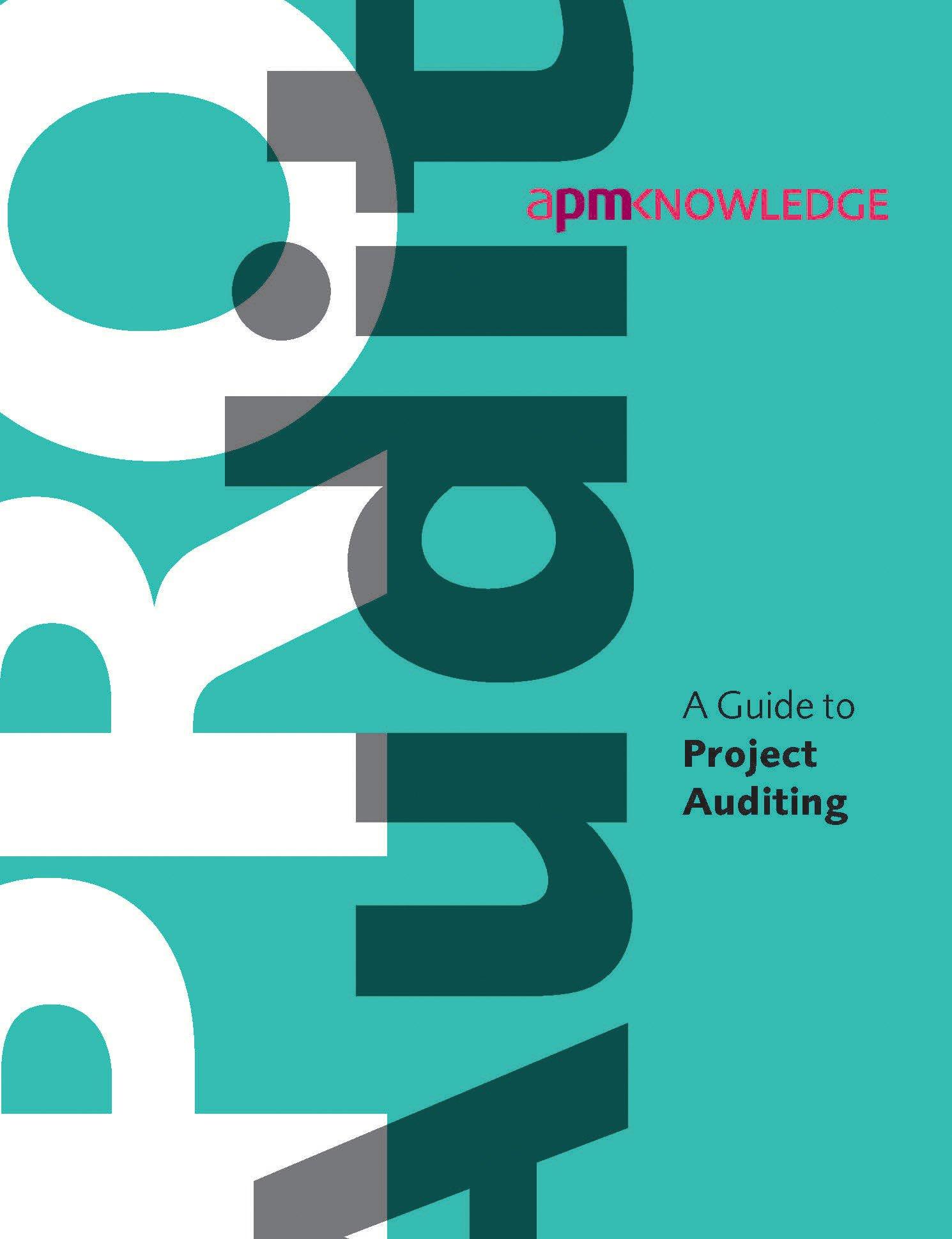Question
Caterpillar, Inc., headquartered in Peoria, Illinois, is an American corporation with a worldwide dealer network which sells machinery, engines, financial products, and insurance. Caterpillar is
Caterpillar, Inc., headquartered in Peoria, Illinois, is an American corporation with a worldwide dealer network which sells machinery, engines, financial products, and insurance. Caterpillar is the world's leading manufacturer of construction and mining equipment's, -diesel and natural gas engines, industrial gas turbines and diesel-electric locomotives. Although providing financial services through its Financial Products segment, Caterpillar primarily operates through its three product segments of Construction Industries, Resource Industries, and Energy & Transportation. Founded in 1925, the company presently has sales and revenues of $55.2 billion, total assets of $78.5 billion, and 114,000 employees. Caterpillar machinery are commonly recognized by its trademark "Caterpillar Yellow" and it's "CAT" logo. Some of its manufactured construction products include mini excavators, small-wheel loaders, backhoe loaders, multi-terrain loaders, and compact-wheel loaders. Other products include machinery in mining and quarrying applications, reciprocating engines and turbines in power systems, the remanufacturing of CAT engines and components, and a wide range of financial alternatives to customers and dealers for Caterpillar machinery and engines.
Caterpillar tractors have undertaken and completed many difficult tasks since the company's beginning. In the late 1920s, the Soviet Grain Trust purchased 2,050 Caterpillar machines for use on its large farm cooperatives. This sale helped to keep Caterpillar's factories busy during the Great Depression. In the 1930s, Caterpillar track-type tractors helped construct the Hoover Dam, worked on the Mississippi Levee construction project, helped construct the Golden Gate Bridge, and were used in the construction of the Chesapeake & Delaware Canal. During this time period, CATs were also used in construction projects around the world in countries such as Palestine, Iraq, India, Canada, the Netherlands, Belgium, and the building of the Pan American Highway. In World War II, Caterpillar built 51,000 track-type tractors for the U.S. military.
In the 1940s, Caterpillar tractors were used in the construction of the Alaskan highway; and between 1944 and 1956, they were used to help construct 70,000 miles of highway in the United States. In the 1950s and 60s, usage of Caterpillar tractors around the world exploded and were used in such countries as Australia, Austria, Ceylon, France, Germany, Italy, Nigeria, Philippines, Rhodesia, Russia, Sweden, Switzerland, Uganda, and Venezuela, in a wide variety of projects. In addition, Caterpillar products were used to help construct the St. Lawrence Seaway between Canada and the United States. In the 1970s and 80s, Caterpillar equipment were used in numerous dams, power, and pipeline projects. Since then, Caterpillars have been used in the construction of several projects such as Japan's Kansai International Airport as a marine airport approximately three miles offshore in Osaka Bay, the Chunnel between France and England, the "Big Dig" in Boston, Panama Canal expansion, and several Olympic Games sites.
 2. Shown here are Caterpillar's annual global sales and revenue streams for the years 2004 through 2014. By observing the data graphically and analyzing the data statistically using techniques and concepts from this chapter, share your insights and conclusions about Caterpillar's annual global sales and revenue streams over this period of time.
2. Shown here are Caterpillar's annual global sales and revenue streams for the years 2004 through 2014. By observing the data graphically and analyzing the data statistically using techniques and concepts from this chapter, share your insights and conclusions about Caterpillar's annual global sales and revenue streams over this period of time.

Step by Step Solution
There are 3 Steps involved in it
Step: 1

Get Instant Access to Expert-Tailored Solutions
See step-by-step solutions with expert insights and AI powered tools for academic success
Step: 2

Step: 3

Ace Your Homework with AI
Get the answers you need in no time with our AI-driven, step-by-step assistance
Get Started


